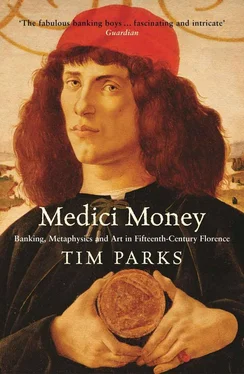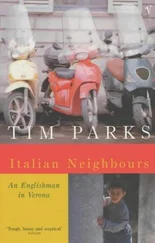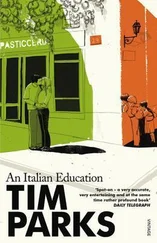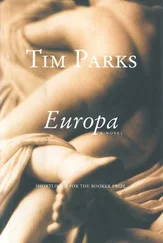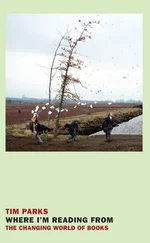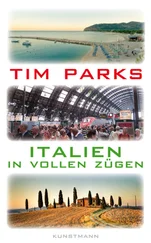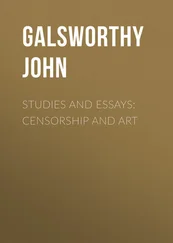Ignoring the bank, rapidly alienating Florence’s patrician families, Piero also infuriated Lodovico Sforza, now duke of Milan, by appearing to prefer the city’s other ally, Naples. All too soon, Sforza was inviting the king of France to consider himself king of Naples. In Paris, young Charles VIII had only just shaken off an oppressive regency and come into his own. He wanted to do something bold. And he did. He gathered 30,000 men and marched over the Alps, down through Lombardy, heading south.
Allied to Naples, Florence was a potential target for this campaign. Suddenly an army far bigger than any the Florentines had had to deal with in recent decades was heading toward the city, an army with a foreign king at its head, not a paid Italian condottiere who might be bribed. In desperation, as the French approached and with the city’s political class almost entirely against him, Piero tried to repeat the gesture his father had made when he went to Naples to deal face-to-face with King Ferrante more than a decade ago. But the boy was only twenty-two. He hadn’t prepared the ground. It was the gesture of a novice trying to copy the maestro’s masterpiece. He even repeated the same charade of leaving the town first and sending back a letter to be read to the signoria .
I won’t sack Florence if you hand over Sarazana, Sarzanello, Pietrasanta, and the ports of Pisa and Leghorn: those were the French king’s conditions. He was demanding more or less all of Florence’s gains over the last century. To everybody’s surprise, Piero agreed. The signoria was furious and refused to recognize the agreement. It was a crucial break, a reminder that constitutional power did not lie with the Medici. The signoria sent out Savonarola to talk to Charles, the irony being that Savonarola actually welcomed the French arrival. This foreign army was the fulfillment of all his prophecies of doom.
Piero returned to Florence on November 8. The next day, in an apparently unplanned incident, someone decided to bar the doors to the signoria when he arrived there with a number of armed men. In a matter of hours, the town was in an uproar, the cries of “ popolo ” and “ libertà ” had begun. Piero panicked, got on his horse, and headed out of town. The Palazzo Medici was sacked. Suddenly the silk sheets, the precious sculptures, the painted reliquaries were being dragged out into the street. A hundred years of careful accumulation was lost in a matter of hours. On November 10, the very day after Piero’s departure, all Medici innovations in the republic’s constitution were dismantled, all Medici enemies exiled since 1434 were recalled; the hated new heavyweight coin for customs taxes was abolished, and, of course, the Medici bank and all its assets were confiscated. To have moved so fast, there must have been those who couldn’t wait to see the back of the family. A month later, Savonarola declared Jesus Christ king of Florence, as if the Savior himself had pushed over the bank’s changing tables.
It wouldn’t last. In 1498, accused of heresy by the official Church and abandoned by much of his congregation, Savonarola was burned at the stake. Fundamentalism is one thing in the pulpit, another in government. And fourteen years later, having finally infiltrated to the highest levels the institution that had been the source of so much of their wealth, the Medici returned to Florence on the back of Vatican power and overturned the republic. In 1529, they were officially recognized as dukes and ready to serve the Counter-Reformation in that long war of retrenchment that would keep an imitation of the older world — complete with those two complicit conundrums, the divine right of princes and the temporal power of the Church — in suffocating place for more than three hundred years.
These new Medici of the sixteenth and seventeenth centuries ordered monuments of tax-funded magnificence to establish an aura of legitimacy. All the fruitful ambiguity that had characterized old Cosimo’s commissions, all the urgent tension between money and metaphysics, was gone. With the grand dukes of Tuscany, we are in the world of larger-than-life equestrian statues, flattering official portraits, imagined military glory, and extravagant, though always breathtaking mannerism. In such circumstances, there was no need to revive the bank. In fact, the sooner people forgot that the family had ever sat behind their tables in via Porta Rossa, copying down the details of dubious exchange deals, the better.
Exercising power to which no one in Florence was constitutionally entitled, the Medici of the fifteenth century were obliged to be great propagandists, to present themselves as special, gifted, worthy. Perhaps this is one reason why there is such an extraordinary amount of literature about them. There are those historians who buy into the Medici’s flattering vision of themselves, those who react and reject, and those who try to sort out the wood from the trees. Nothing breeds interest like an ongoing argument.
Most modern readers will come to the subject through the more popular books, such as Christopher Hibbert’s The Rise and Fall of the House of Medici , or J. R. Hale’s Florence and the Medici: The Pattern of Control . Hibbert’s book invests enthusiastically in the Medici myth and is the kind of thing tourists are reading while visiting the Uffizi gallery and generally falling in love with Renaissance Florence. In fact, it can be found stacked up in many of the city’s museum bookshops. It’s fun but not always accurate. Just as readable, but less colorful and more credible, Hale pays the price for his sobriety by not being so widely available.
The more academic the book, the more likely it is to be resisting the myth and looking for an ugly truth. Lauro Martines’s Power and Imagination: City-States in Renaissance Italy , gives really excellent background to the Medici story, but Martines is not one to allow special pleading and condemns the banking family as the ruin of Florentine republicanism. He has recently tried to popularize this view in the highly readable April Blood: Florence and the Plot against the Medici , where he argues that all in all it would have been a good thing if the Pazzi family had managed to murder Lorenzo il Magnifico in the duomo in 1478. Martines is a moralist who likes to be out on a limb but is nonetheless interesting for that.
Il Magnifico tends to form a subject all on his own, and here the popular books presently in print are Cecilia Ady’s Lorenzo de’ Medici and Antonio Altomonte’s Il Magnifico . Both are in the business of glorification but well worth reading as long as you keep a pinch of salt about you. Jack Lang’s more recent biography, Il Magnifico , is less attractive and even less believable. Once France’s minister for education, Lang seems determined not to consult the vast amount of American scholarship that has been done on the Medici since World War II; as a result, a lot of what he says about the Medici bank’s fortunes under Lorenzo doesn’t add up.
Which brings us to the heavier stuff. The Florentines were committed bureaucrats and the city’s archives still house the tax returns of the fifteenth century, the minutes of thousands of government committee meetings, lists upon lists of those eligible for office at different levels in the different quarters and districts, and so on. The City Council of Florence has recently put all these archives up on the Web for general public inspection, but alas, what you see is facsimiles of the originals. Even if you are familiar with the Italian and Latin of the time, the handwriting is more or less illegible and the material can’t be searched by just typing in a name and calling up all the places it occurs. No, to tackle the archives would require several lifetimes of total dedication. So you’re obliged to go to the scholars.
Читать дальше
